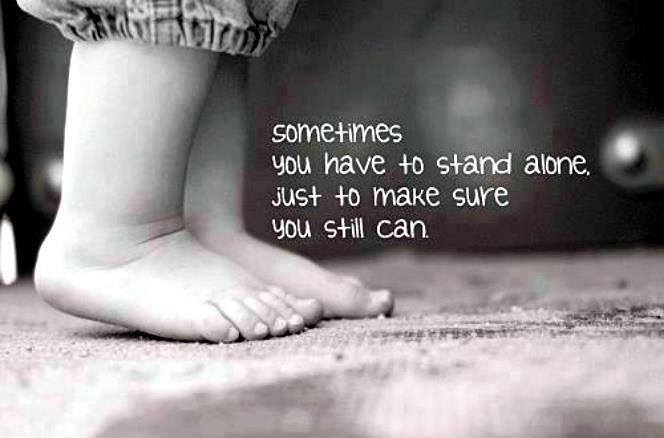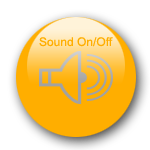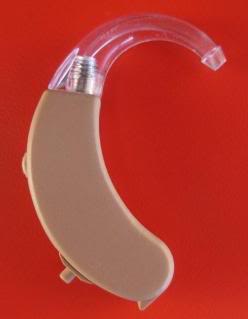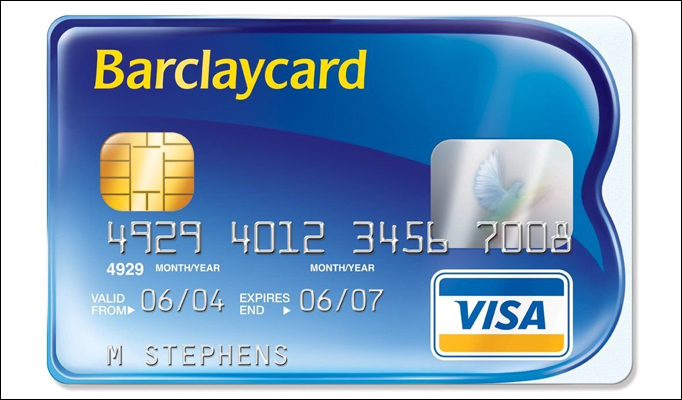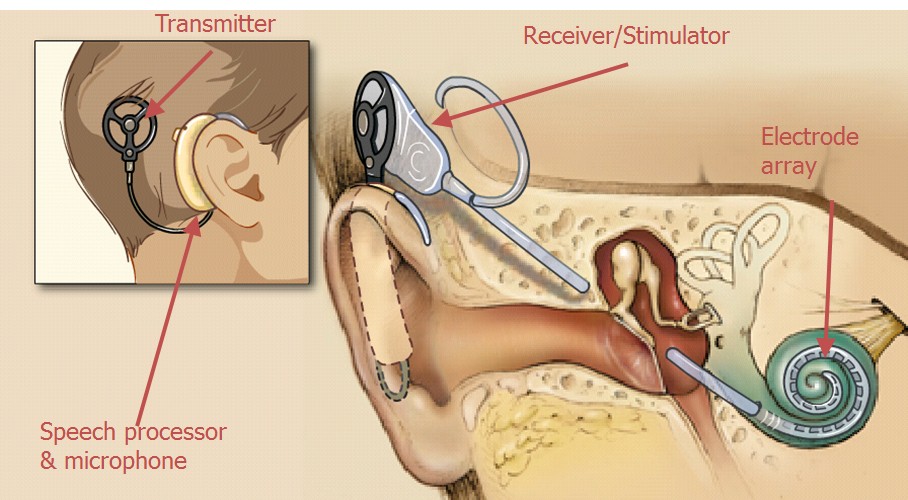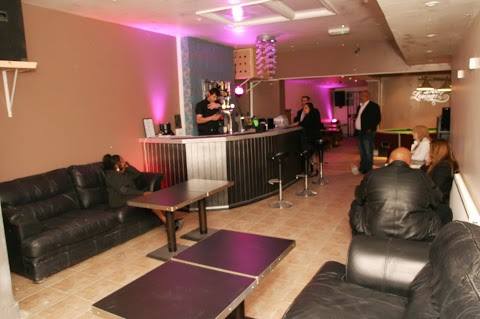Molly Brown was left profoundly deaf after her auditory nerves were removed during treatment for a genetic illness. In 2003 she became one of the first people to be given a radical new type of implant that attempts to recreate hearing by stimulating the brainstem directly. Of the five who received the implant, she has had the most success. She still finds the telephone difficult, so when she told Duncan Graham-Rowe about her strange new world in 2004, they used instant messaging.
When did you first notice problems with your hearing?
In 1982, when I was 22, I noticed I was having some difficulty talking on the phone. The sound seemed to be getting softer and more garbled.
What did you do?
I went to an ear doctor, who diagnosed “sinus difficulties”. But it was getting worse, so after another year I switched doctors. My new doctor straightaway suspected a brain tumour. He said, “You are too young to lose that much hearing.”
What was the diagnosis?
I had neurofibromatosis type II (NF2), although it wasn’t diagnosed for certain until last October. It is a disease in which chromosome 22 basically tells your body to develop non-malignant growths or tumours on the hearing nerves, spine and sometimes elsewhere in your body. It is present at conception. You know, I almost feel better knowing that I have had this from day one and that I was not doing something ”wrong”.
So you had the tumour removed?
Yes, and they had to remove the cochlea with all the auditory nerves as well, so I was left deaf in that ear. After that the hearing in my good ear fluctuated wildly. There was a small growth on that cochlea too. That growth had to be removed, which damaged that cochlea and left me completely deaf. When my newborn son was just three weeks old, I awoke to zero hearing. So I decided to have an implant in the damaged cochlea.
How long were you profoundly deaf before you had the cochlear implant?
About three years. My doctors felt I was not emotionally or mentally ready to receive a cochlear implant. I was absolutely devastated at my deafness. It is hard to put into words. I was so lonely, so terribly sad. There was no guarantee a cochlear implant would work, so my doctors and my family wanted me to “accept” my deafness so I could move on. And I did.
When you eventually had the cochlear implant put in, how well did it work?
It worked very well, especially at the beginning. I spoke on the phone frequently, and did extremely well where I could combine it with lip-reading. I loved it.
But it didn’t last. What happened?
Last summer, I began having awful facial pain on the right side. I thought it was a tooth. I give my dentist a lot of credit for figuring that it might be a brain tumour. The pain is known as trigeminal neuralgia – the worst pain known to medical practice. It felt like I was being electrically shocked.
What happened next?
My local doctor in Seattle had to do an MRI scan to get a better look at the tumour, and that meant removing the cochlear implant. You cannot have that much metal in your body with an MRI scan because it interferes with the imaging. My doctor promised me he would put it back if the tumour was not on the hearing nerve. Unfortunately it was, so that cochlea had to be removed too.
What did it feel like to know that you might be left profoundly deaf again?
Ah…I asked my children to tell me they loved me, because I might never have heard their voices again. I wore the cochlear implant right into the operating room where they did the MRI scan. My audiologist had tears in her eyes when she said she had to take it out. I wondered if hers would be the last voice I would hear in my life. I was devastated.
But after about six months, you did hear again…
Yes. They gave me a “penetrating electrode auditory brainstem implant”, which is a surgically implanted hearing device that attempts to replace the actual hearing nerve by electrically stimulating auditory nerves in the brainstem directly. It is still only in trials; there was no guarantee it would work. But for me, it has worked splendidly, especially when you consider I have zero nerves to my brain for hearing. I can control it myself via a signal processor that translates sounds into electrical stimulations. I can control the volume.
What was it like when they turned the device on? What did you hear?
It was one of those moments you never forget. Steve Otto, my audiologist at the House Ear Institute in Los Angeles, set me up with his computer to test if it worked. I tried not to watch their faces too much. I tried to concentrate on whether I could hear any sound. I waited. I knew he was turning it up. And then there it was. So soft. It was a series of beeps. I just said, “There.” I was perfectly calm, but inside I could have jumped in Steve’s lap and shouted, “Yahoo!”
After the test, whose voice did you hear first and what did they say?
It was Steve’s. He punched a button, and there was his voice…beautiful! He said, “Listen to my voice. How does it sound? Testing one, two, three, four, baseball, cowboy, hot dog.” I can remember. If I lived to be 1000 years old I would never forget it.
How does it feel to be able to hear again after being profoundly deaf?
About how you would think! I am thrilled, pleased and happy beyond words. You must remember that I was facing a life with absolutely no sound. To have this is beyond miraculous, and I am ever so thankful. I am sitting here typing and enjoying the click-clack of the keys.
How does it compare with when you had a cochlear implant?
I am always surprised at the similarities. It is not exactly the same. But I compare them very favourably, which I was not expecting. I was expecting to hear mostly beeps. I would say that for speech I may have done a bit better in the very beginning with the cochlear implant. But not near the end.
What can you hear?
It seems like I hear everything. I hear amazingly soft sounds, such as the bubbles in a glass of soda, or pepper hitting a dinner plate. My family also tells me that my speech is better. I can hear my own voice again. But it is speech comprehension that I am really after. The bubbles in a glass of pop are just icing on the cake.
Are you having to relearn how to understand speech?
Yes, I am. I frequently try to understand people without looking, but it is so much easier to combine with lip-reading. I am lazy. As for the phone…
That’s the acid test in artificial hearing. How well can you understand people on the phone?
I call it my love-hate relationship. I so want to do it. I hear it ring and think, “Just pick it up!” I talked to my daughter recently, and she said something which I felt had nothing to do with what I was asking. I get all confused, then it goes out the window – mostly because we start laughing too much – but I’ll never get it unless I try. I did call Steve in Los Angeles one morning, which was a big deal for me. I heard him laugh at something I said. These things are a real accomplishment for me.
Do you think your hearing has been enhanced in any way compared with your natural hearing before all this began?
Oh, I do. I know I hear things that others don’t. I hear metal detectors in buildings buzzing, and when I ask others if they hear it they always say no.
How different do things sound now compared with before your hearing problems?
My memory is very clear on sound. Things such as car horns or water running are very similar. Music is very different, but my daughter plays the piano for me to get a feel of each note and how they sound now. But when people speak it sounds like they are speaking in an extremely growly voice with their hand muffling their mouth. I can always tell a man’s voice from a woman’s without looking. I am learning the environmental sounds, to differentiate between, say, someone speaking to me and the food mixer running.
Do things sound artificial?
Oh, it’s very artificial. Very synthesised. But the longer I use it and get used to it, the more natural it sounds. The brain is pretty adaptable.
You recently went back to the House Ear Institute for a “retuning” to help improve your speech comprehension. Can you explain what they did?
The device has different types of electrodes. Some sit on the surface of the brainstem, others penetrate it and try to target a greater range of nerves and frequencies. When I go for reprogramming, Steve changes the way I hear. So I need to practise using it all over again. The penetrating electrode program may have been too loud previously, it was sounding as if I were standing under high-voltage power lines. Steve turned it down a bit. I am still asking people around me, “what was that sound?”
Do you think you will ever become so accustomed to your new hearing that you forget how things used to sound?
I will never forget. When I watch a singer on TV singing a song I know, I remember. It tugs at your heart. But my joy at hearing anything at all overrides that.
Given the dangers of tampering with the brainstem, weren’t you scared of the risks? Only one person had had the implant before you and there were no results at the time…
I had no fear, zero. It felt like my millionth brain surgery. I felt a lot better about trying it than if I had always been wondering if I should have. It was my impatient nature. I felt almost driven to try. I’m no hero here. That title belongs to the researchers and audiologists who slave over these inventions every day.
What were your expectations?
They said there were no guarantees that I would hear any sound at all. There are many repercussions from having a brain tumour removed. Besides the deafness, my face looks as if I have had a stroke. My eye would not close, so I had a metal spring implanted in it to open and shut it. In short, it is a difficult deal. I had zero expectations. Of course you hope, but I was trying to prepare myself for a lifetime of no sound.
What motivated you to volunteer?
My children. They have a 50 per cent chance of inheriting NF2 from me. I so wanted to show them that you should not be afraid to try things, that you don’t need to be fearful. Plus, I want as much research into NF2 as possible.
Do you know whether any of your children have NF2 or will develop it?
Thanks be to God, they look clear of it. They recently had MRI scans, which were clear. I would give my life for them, of course. I would give back this miraculous hearing if they would be free from NF2. But it looks very good for them. They are 25, 22 and 18. We have talked about the “what-ifs”. If any of them did develop NF2 I would counsel them and totally leave it up to them. The only test available thus far is the MRI. Again, I want more research so they will be able to check newborns and catch these tumours when they are small.
But with NF2 the tumours can reoccur...
Once the hearing nerve is removed, most people do not develop more tumours in the hearing section of the brain. I do have one teeny tumour on my spine. I am lucky, as many NF2 sufferers are really bothered by spinal tumours. In severe cases, they have to use wheelchairs.
Do you turn your device off at night?
I do take it off at night. And once I am out, I am gone! I do occasionally sleep with it. I can hear traffic from about half a mile
away and it drives me nuts. But I can turn it off. Sometimes I get all tense at sounds I am hearing, or when people are annoying me. But then I remember, ah, I can turn it off!
Source: New Scientist

